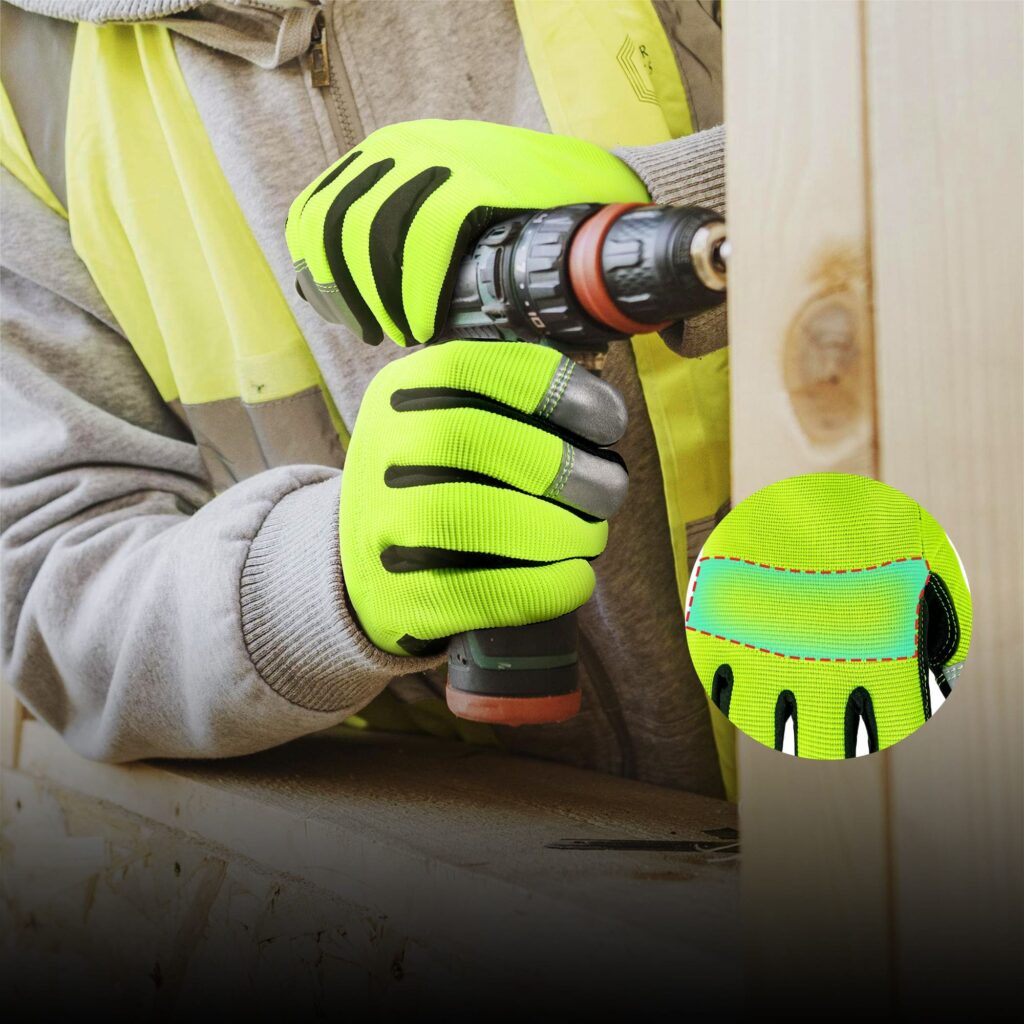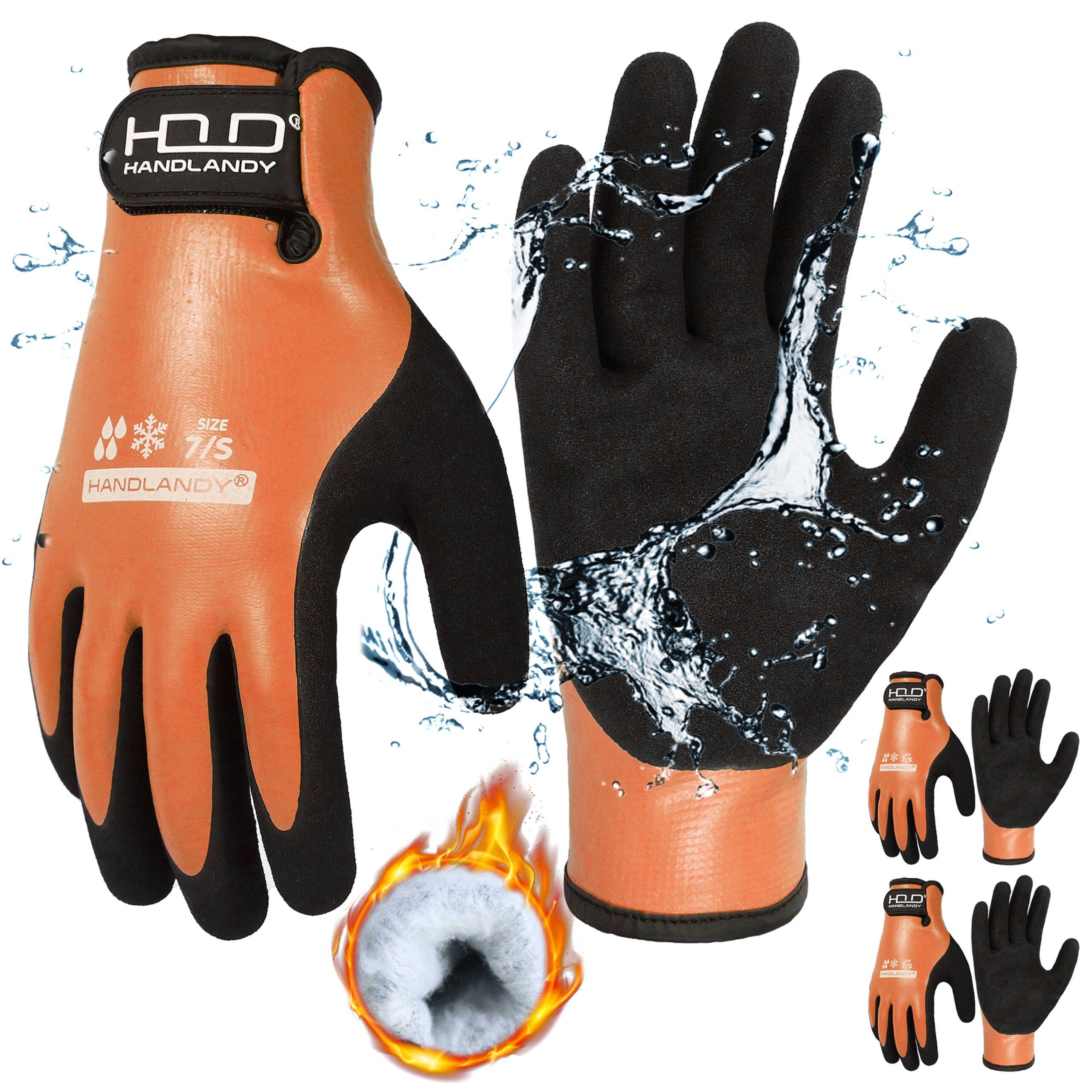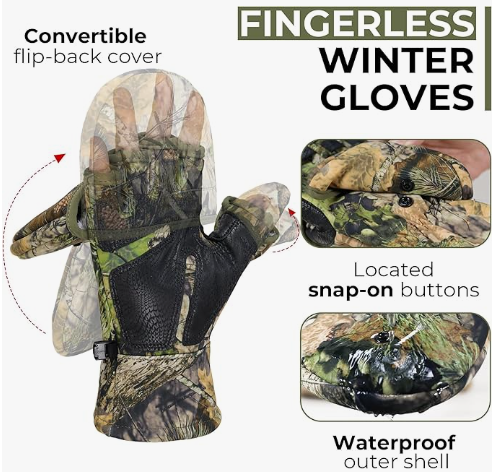If you’re in industries like healthcare, electrical work, or manufacturing, you’ve probably come across ASTM standards for gloves. ASTM standards are guidelines set by the American Society for Testing and Materials to ensure that gloves meet specific safety, quality, and performance benchmarks for different applications. Knowing these standards helps you choose the right gloves for your needs.
Key ASTM Standards for Gloves
Here’s a breakdown of the main ASTM standards and what they mean:
1. ASTM D3578: Natural Rubber Latex Gloves
This standard focuses on medical gloves made from natural rubber latex. It ensures:
- High tensile strength for durability.
- Proper elasticity for comfort.
- Minimal pinholes to prevent contamination.
Best Use: Medical examinations, diagnostic work, and general healthcare.
Visual Example: Latex gloves in a hospital setting.
2. ASTM D6319: Nitrile Examination Gloves
Nitrile gloves are the go-to for users allergic to latex. ASTM D6319 ensures:
- Excellent puncture resistance.
- High elongation and tensile properties.
- Resistance to chemicals.
Best Use: Chemical handling, medical work, and lab use.
3. ASTM D5250: PVC Gloves
PVC gloves fall under ASTM D5250, which ensures:
- Lightweight and comfortable wear.
- Adequate protection for non-high-risk medical tasks.
Best Use: General healthcare and light-duty tasks.
4. ASTM D120: Rubber Insulating Gloves
For workers exposed to electricity, this standard guarantees:
- Insulation against electrical shocks.
- Types resistant to ozone (Type II) and non-resistant to ozone (Type I).
Best Use: Electrical work, power plants, and high-voltage environments.
5. ASTM D7103: Medical Glove Assessment
This standard provides a framework for testing medical gloves:
- Ensures all gloves meet basic safety and quality criteria.
- Helps manufacturers align their products with healthcare needs.
Best Use: All medical glove types.
Why Are ASTM Standards Important?
ASTM standards are essential because they:
- Protect users by ensuring safety.
- Help buyers understand what each glove is designed for.
- Offer confidence in quality, especially for bulk orders.
How to Ensure Gloves Meet ASTM Standards
When purchasing gloves:
- Ask for certification documents from suppliers.
- Check for clear labeling indicating compliance with ASTM standards.
- Conduct third-party testing if needed for reassurance.
Conclusion
Choosing gloves with the right ASTM certification is vital for ensuring safety and performance. Whether you’re a healthcare provider, a lab technician, or an electrician, these standards provide the reliability you need to perform tasks confidently.
By understanding these guidelines, you can make smarter purchasing decisions and provide better protection for your team or business.








